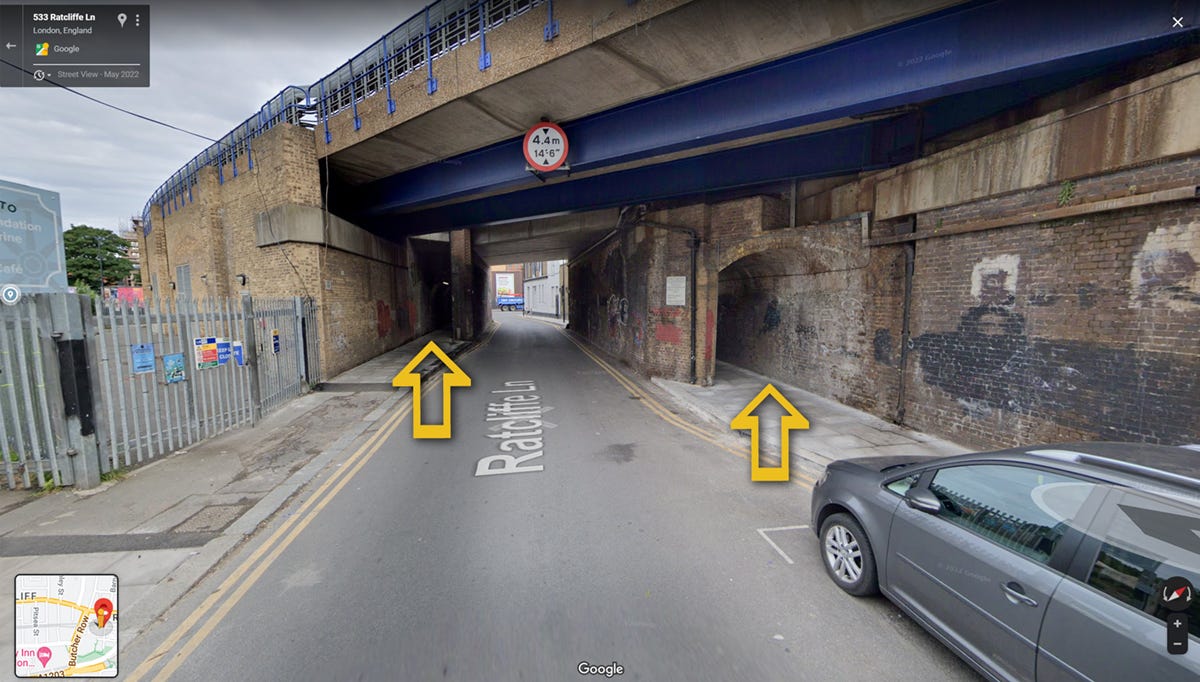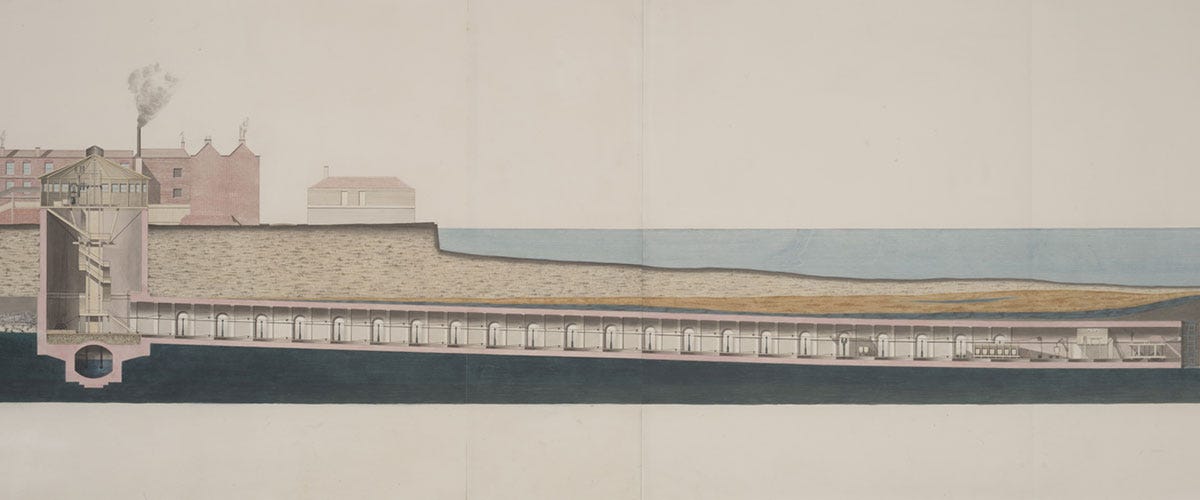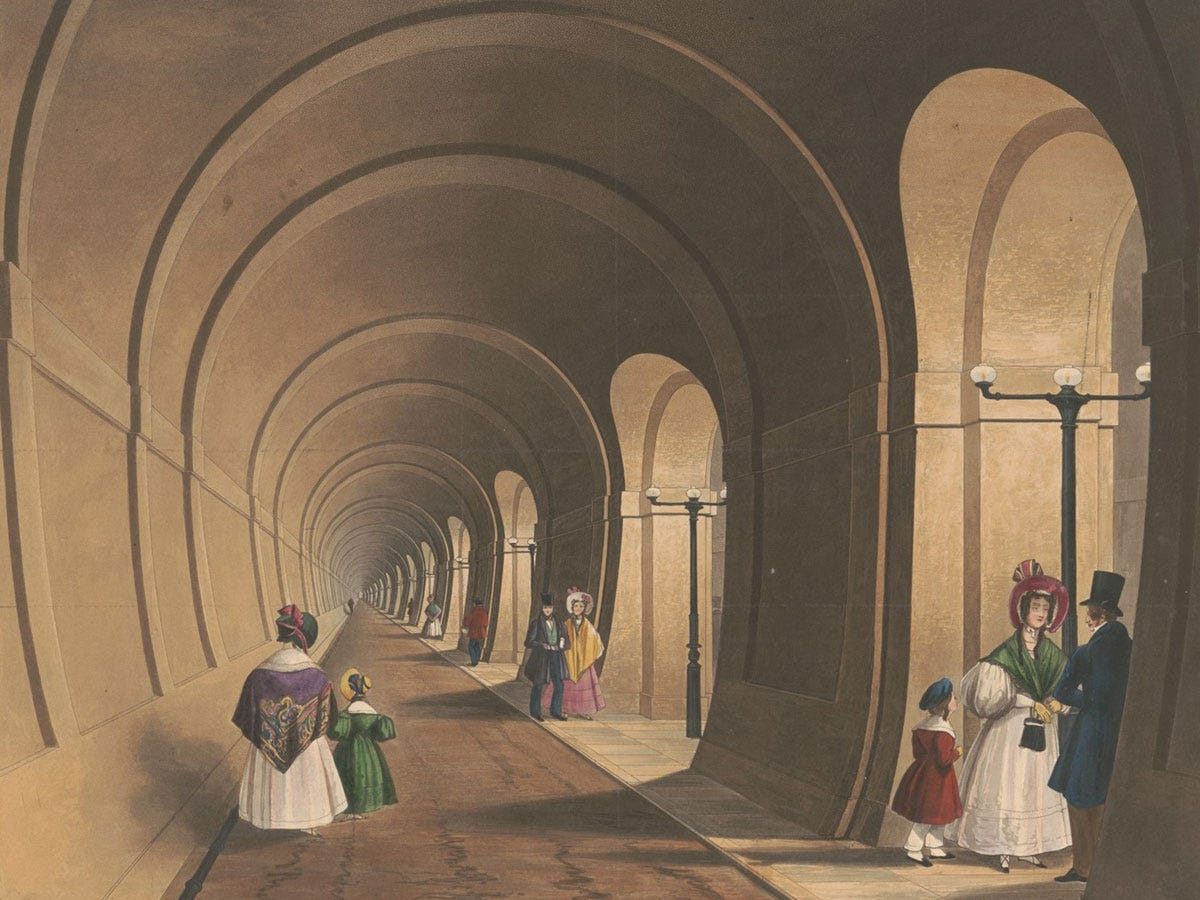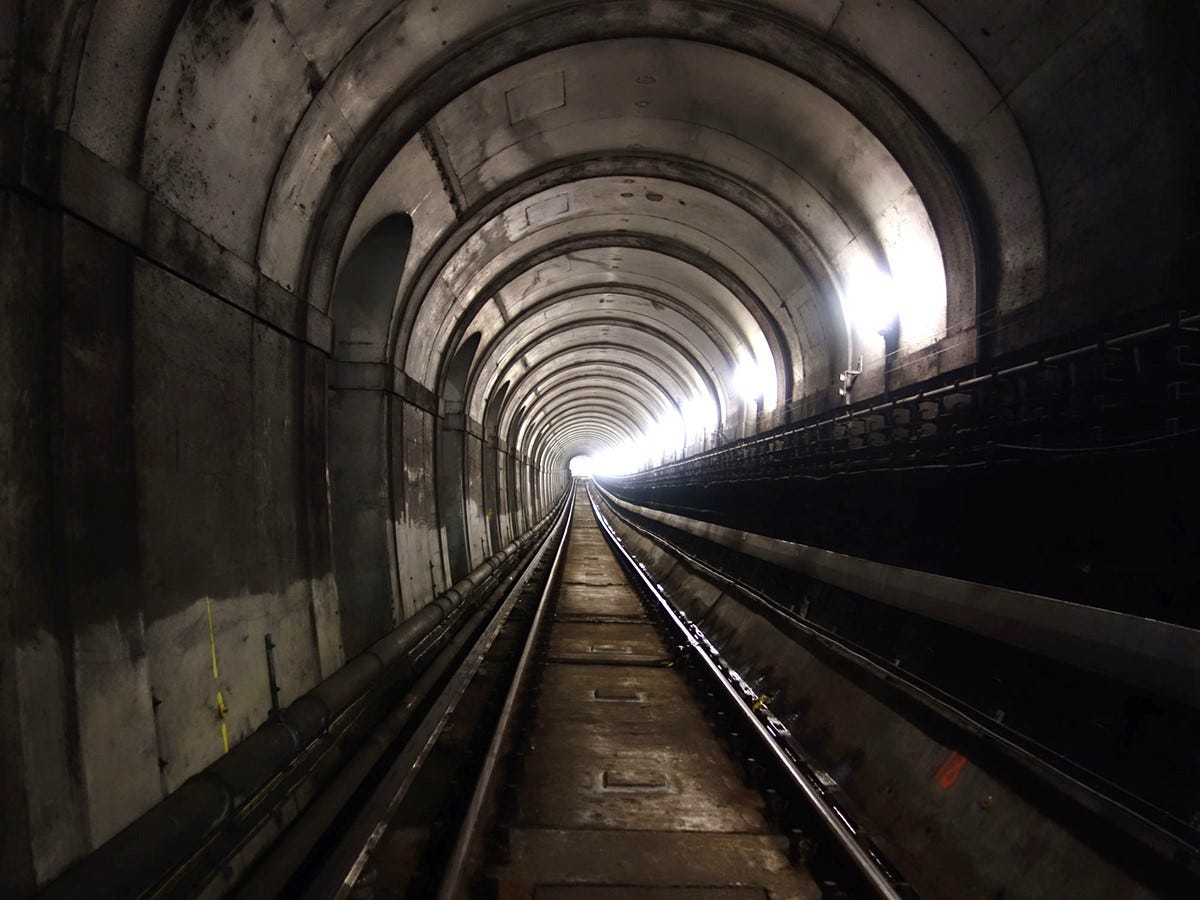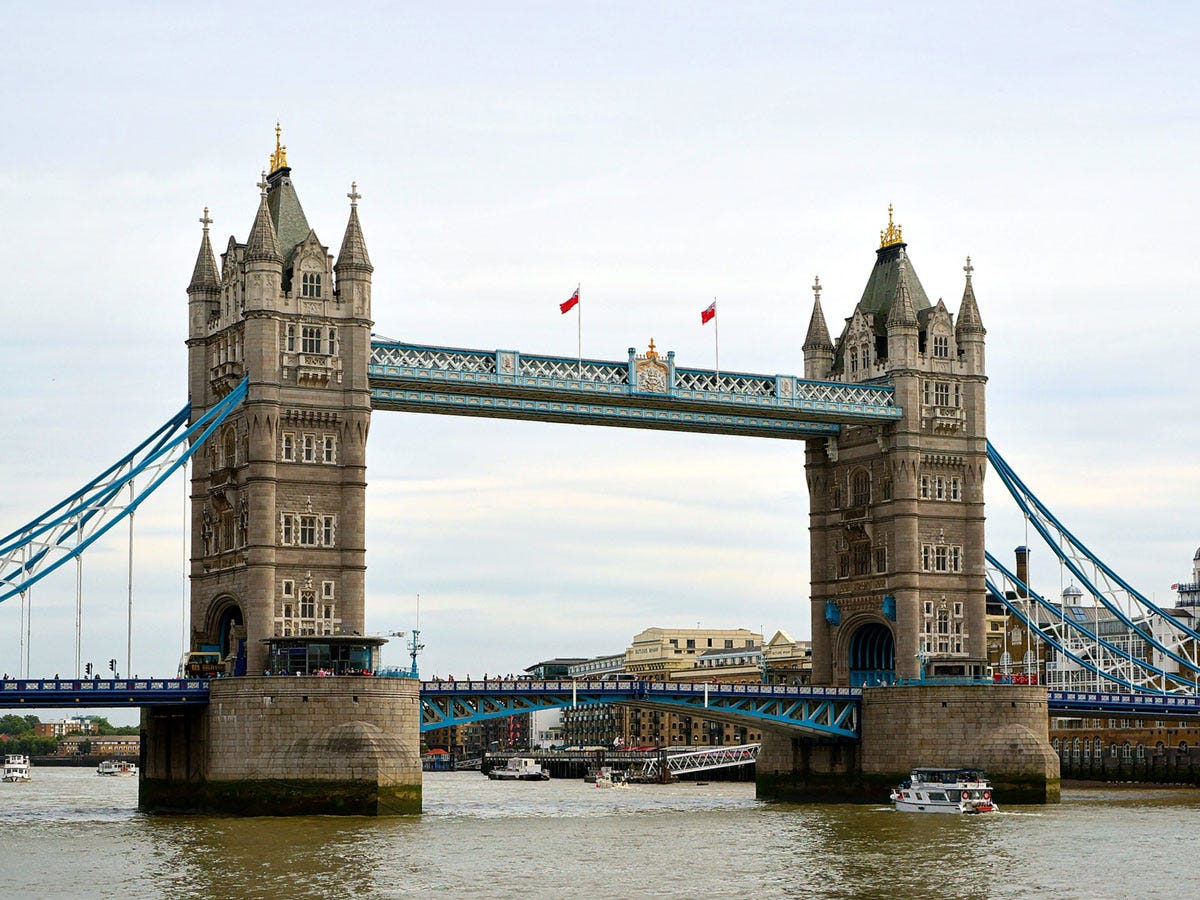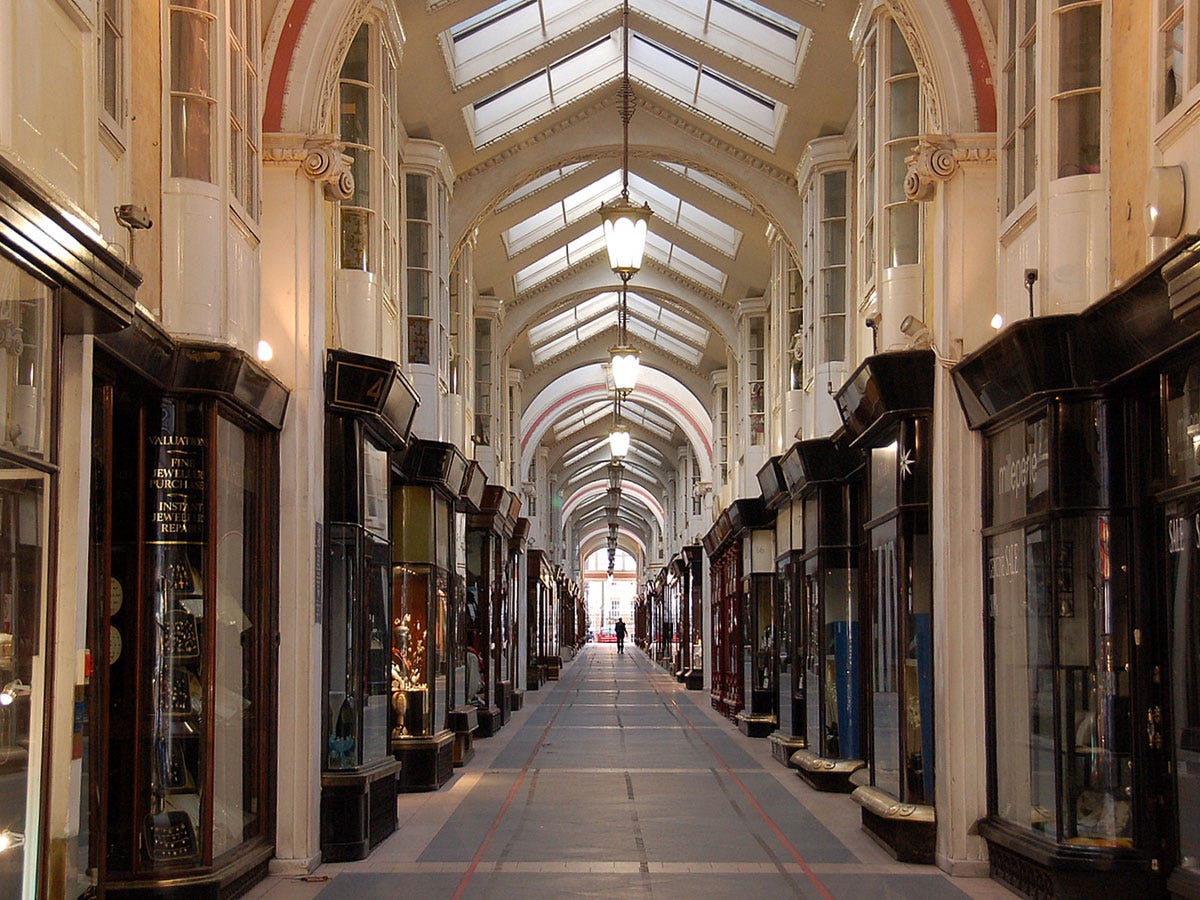Issue 24: Victorian prostitutes’ favourite feats of engineering and architecture
Who doesn’t want to work somewhere with the ‘wow factor’?!
The other day my partner and I had time to kill at Limehouse station in East London. Not quite enough time to grab a drink in the pub next door, but too much time to just stand on the platform waiting for the train. So, we went for a little wander around the nearby streets.
On Ratcliffe Lane, there are two portions of the footpath which are tunnels within a tunnel under the railway bridge. As we walked through one of them, my partner said (while I was thinking the exact same thing): “this feels like the kind of place Victorian prostitutes would have hung out”.
The reason we both had this vision is because the little tunnels reminded us of the tour we’d taken of the Thames Tunnel back in 2014…
But before we go any further, let me be clear upfront: there will be no sex shaming here. A woman’s body is her own, to do with as she chooses, including seeking pleasure and/or profit.
Thames Tunnel
The Thames Tunnel was conceived by engineer Marc Brunel and the project to build it led by his son, Isambard. It was the world’s first tunnel under a navigable river. It took 18 years to complete, claiming six lives in the process.
It opened to great fanfare on 25 March,1843. The Illustrated London News described it as the “eighth wonder of the world”. 50,000 people are said to have walked through the tunnel on its opening day. A million – half the population of London at the time – by the end of the third month. Among them was Queen Victoria.
The 400 metre, two-lane tunnel was originally intended for horse and carriage traffic, but the project ran out of money and space to build a suitable entrance for wheeled vehicles. Instead, it became a popular pedestrian tourist attraction – the world’s first underwater shopping arcade – home to stalls selling souvenirs and refreshments, as well as musicians providing entertainment for visitors.
It also proved popular with prostitutes. The tunnel was open all night, only cost a penny to enter, and had little or no police presence.
Katherine McAlpine, Director of the Brunel Museum, says: "Sex workers would use the space – both male and female. The archways between the north and south tunnel provided appealing nooks and crannies where they could take their clients.
"We'd love to do a research project to see if we can reveal some of their stories, but obviously, by the nature of the activity, it's difficult to find the information.”
The Thames Tunnel was eventually sold to the railways in the 1860s, and today forms part of the London Overground railway, between Wapping on the north of the river and Rotherhithe on the south. The Brunel Museum manages the engine house and tunnel shaft where the world first engineering project began all those years ago.
Tower Bridge
More than 50 designs were submitted for the proposed new bridge over the River Thames in the late 19th Century. Architect Horace Jones and civil engineer John Wolfe Barry’s neo-Gothic medieval design was chosen to complement the Tower of London. (One of the engineers on the project was Henry Marc Brunel, Isambard’s son, and Marc’s grandson.)
Construction on the combined bascule (drawbridge) and suspension bridge (the deck is hung from cables attached to towers) began in 1886 and took eight years to complete, claiming 10 lives in the process.
It became one of London’s most iconic landmarks.
Tower Bridge opened to the public on June 30, 1894. The high-level walkways between the two towers – which were originally open to the air – were intended to prevent pedestrians having to wait for the bridge to open and close. But it only took 60 seconds to fully open, and pedestrians didn’t mind waiting on the lower level or watching from the river’s edge.
While the general public may have rarely used them, prostitutes soon put the walkways to use. The 60-metre-long twin passages provided a relatively secluded – if a little chilly – location to do their business, with impressive views across London from 40 metres above the river.

The walkways were eventually closed in 1910, and later enclosed in glass, before reopening in 1982 as part of the permanent exhibition, The Tower Bridge Experience.
Burlington Arcade
Burlington Arcade was the brainchild of Lord George Cavendish, Earl of Burlington. It's described by the arcade itself as both a token of love to his wife, and retaliation against his neighbours who allegedly threw oyster shells (the 'fast food' of London at the time) into what was previously his garden.
The ornately designed space opened in 1819 with more than 50 boutiques selling “jewellery and fancy articles of fashionable demand, for the gratification of the public”. At 180 metres, it was – and remains – the longest covered shopping arcade in England.
Shops were arranged over two storeys, with many shopkeepers living above their stores. It was the height of sophistication in Regency and Victorian-era retail. As such, it provided a high-quality clientele for prostitutes.
Some of those living quarters above the shops were actually brothels.
It is alleged that prostitutes would sing or whistle to signal when the arcade’s ‘Beadles’ – the world's oldest and smallest police force (they pre-date The Met by 10 years) – were about. The Beadles continue to uphold a strict code of conduct in the arcade to this day, including 'no singing or whistling'.
In 2019, Head Beadle, Mark Lord, described the Victorian prostitution situation:
"The way it would work is the ‘visitor’ would buy an item from the shop below, go upstairs, spend some wonderful time, and then give [the prostitute] the present. [The prostitute] would then sell the present back to the shop and that’s how they got their money."
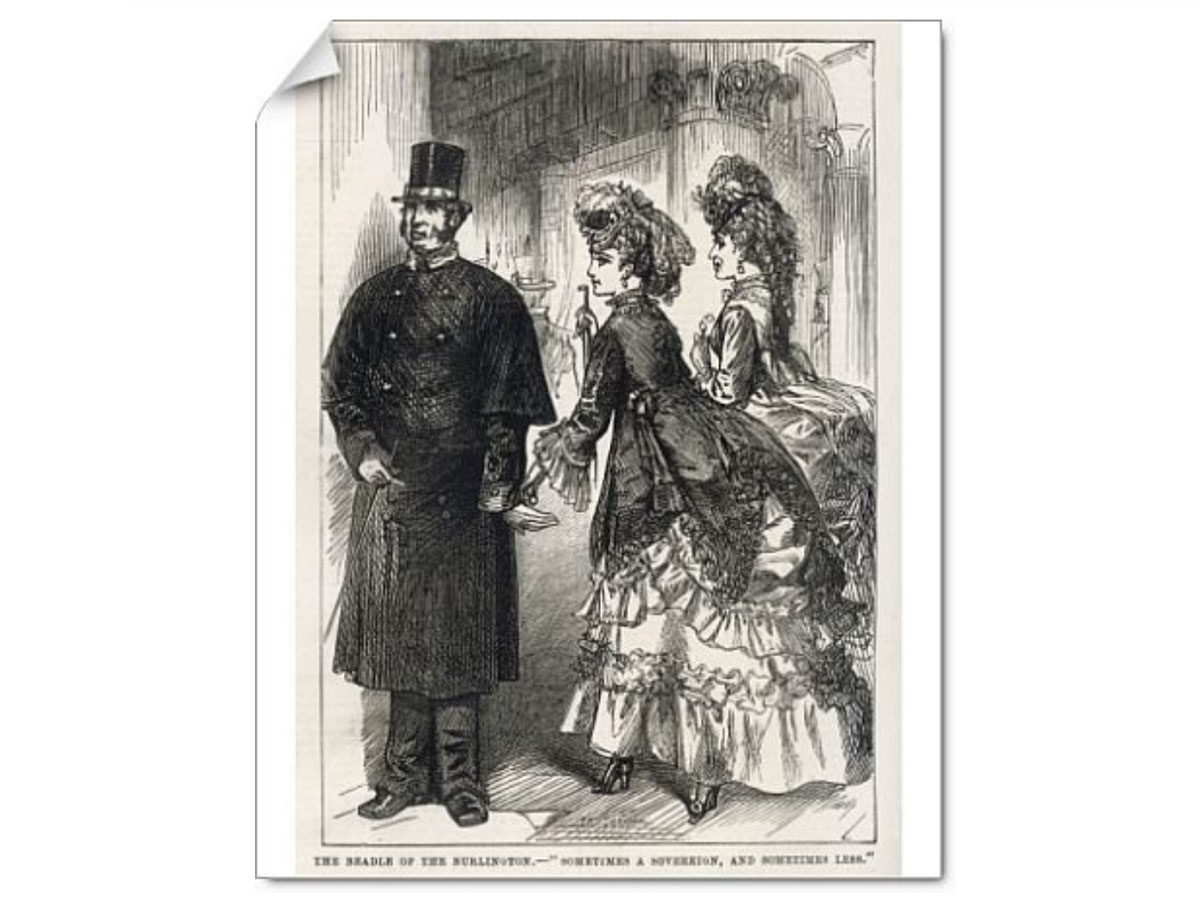
The brothels are no more, but Burlington Arcade remains popular today both for its luxury stores and its beautiful historic architecture.



